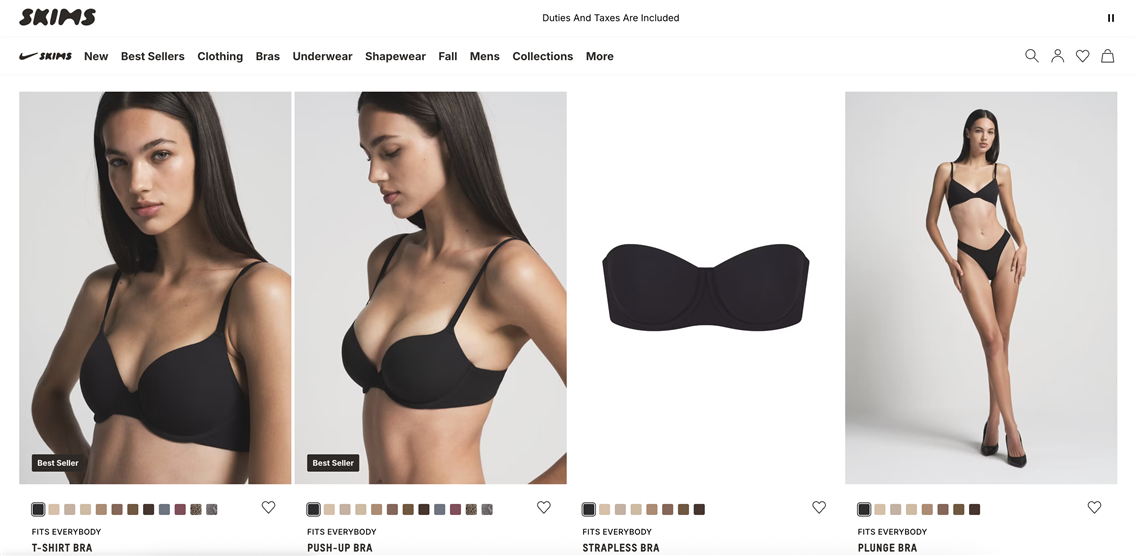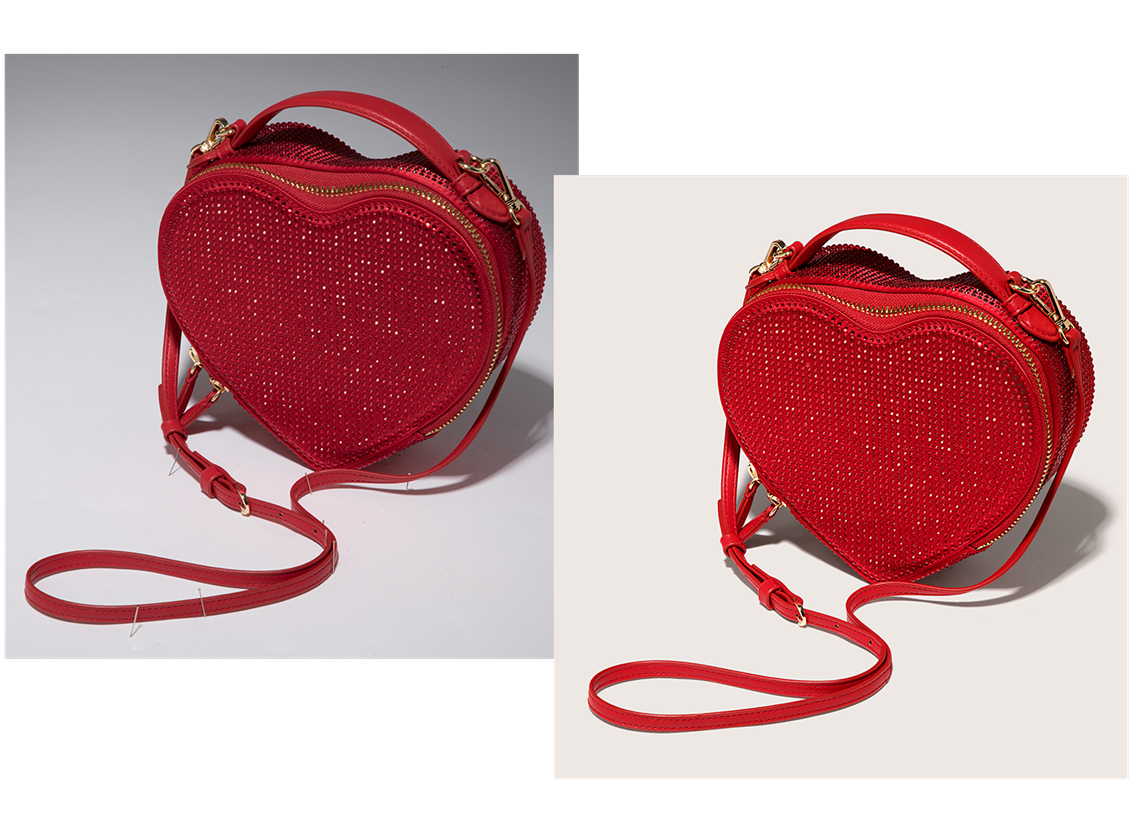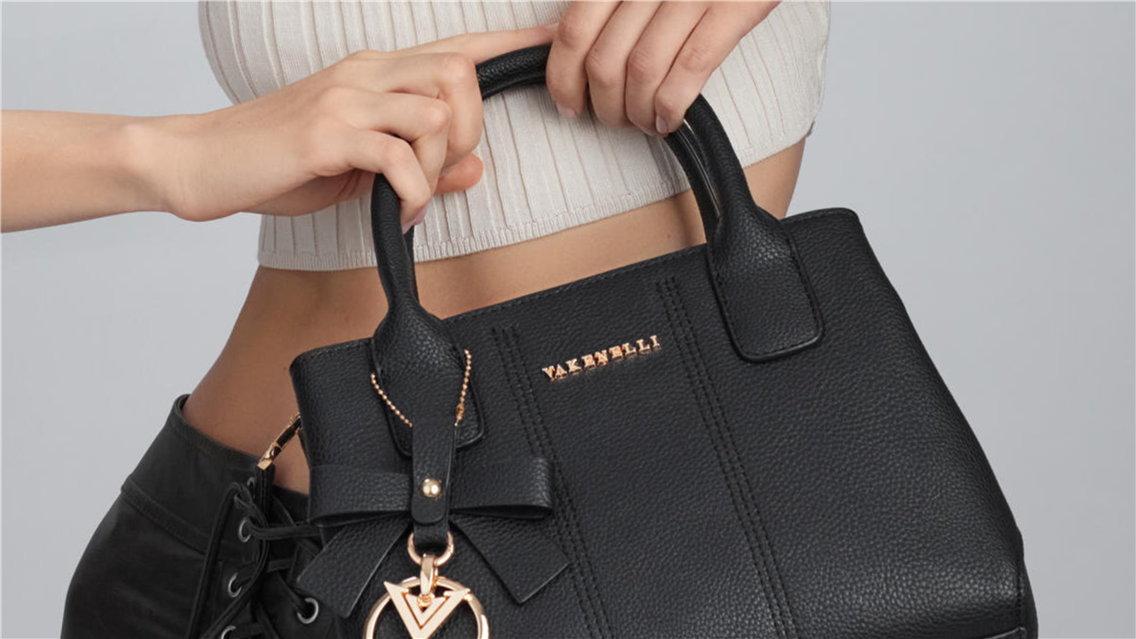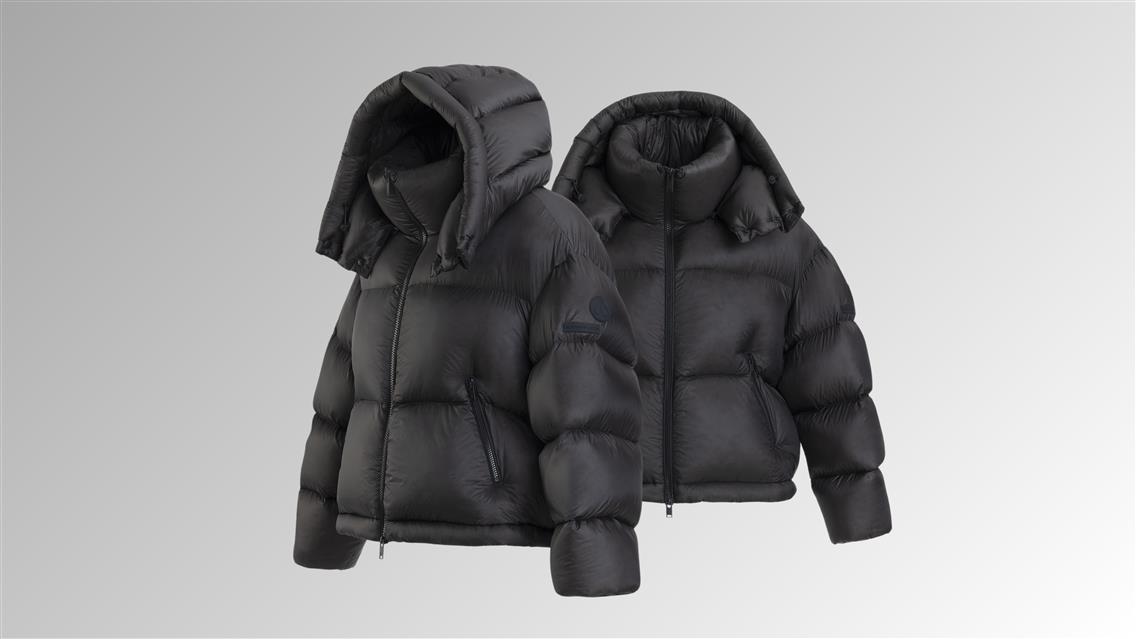6 Image Optimization Hacks for Your eCommerce Website Success
When it comes to selling online, your product photos are pulling double duty: catching your customer’s eye and determining how fast your website loads, how high you rank on Google, and how many sales you make.
Think of image optimization as a behind-the-scenes power move. It's about ensuring your product visuals are in the right format, size, and quality to be discovered, load fast, look great, and work hard for your business.

Why Should eCommerce Brands Care?
Because slow-loading images can cost you, literally. A delay of just one second in page load time can drop your conversion rate by up to 7%. Plus, Google’s algorithm notices laggy pages, and that hurts your visibility in search results.
Whether you're running a store on Shopify, listing products on Amazon, or building your custom storefront, optimized images help with:
- Faster website speed
- Improved SEO and search visibility
- Better user experience on mobile and desktop
- Higher conversion rates and lower bounce rates
And you don’t need to overhaul your entire site to see the benefits. Small changes make a big impact. In this guide, we’ll walk you through 7 practical image optimization hacks that are simple to implement and powerful enough to boost your website performance and search visibility. Whether you’re just starting out or already scaling your eCommerce brand, these tips are your fast track to a cleaner, faster, more effective online store.
1. Choose the Right Image Format for Your eCommerce Website
When it comes to product photos, picking the wrong format can slow down your site, hurt your SEO, and even affect how sharp or clean your products look online.
Let’s break down the best options for eCommerce image formats — especially if you're working with platforms like Shopify or Amazon, where performance and compliance really matter.
Why eCommerce Platforms' Image Format Requirements Matter
Every platform has its own set of image guidelines, and if you ignore them, your visuals might show up blurry, cropped in weird ways, or load too slowly. For example:
- On Shopify, JPEG is the most common format for product photos because it offers a great balance of quality and file size. PNG works well for logos or images that need transparency, while WebP is becoming the go-to for next-gen performance.
- On Amazon, the rules are stricter: product images should be JPEGs, at least 1000px on the longest side (ideally 1600px+ to enable zoom), with a white background and no extra props. PNGs are accepted too, but JPEG remains the safest bet.
Following platform-specific guidelines improves your e-commerce website optimization, helps your listings load faster, and keeps your product pages compliant.
WebP, JPEG, or PNG: What’s the Best File Type to Optimize Image Quality and Load Time?
Let’s decode the three main formats for eCommerce image optimization:
- JPEG (.jpg): Ideal for most product photos. Small file size, good visual quality, and widely supported across all browsers and platforms.
- PNG (.png): Best for transparent images (like logos or icons) or photos that need a sharper, crisper look. Downside? File sizes can be large.
- WebP (.webp): The modern favorite. It delivers excellent quality at a fraction of the file size. Google loves it, and so do mobile users. But a few older browsers don’t support it, so you’ll want to set up fallbacks.
Use JPEG for everyday product photos, PNG for special design elements, and WebP where speed is everything (like homepage banners or mobile-first layouts).
2. Compress Product Photos for Your Website Optimization
You’ve got beautiful product photos, now let’s make sure they don’t weigh down your entire website.
Uncompressed images = slow website = lost sales.
Compression is one of the quickest wins in image optimization. The goal is to shrink file size without sacrificing the crisp, clean look your products deserve. Done right, it improves your website speed, boosts your e-commerce SEO, and creates a smoother experience for shoppers.
How to Reduce File Size Without Sacrificing Visual Quality
There are two types of compression:
- Lossless compression keeps all the image data. The file size shrinks just a bit; think of it as a diet, not a full transformation.
- Lossy compression removes unnecessary data. You lose a tiny bit of quality (usually not noticeable), but the file size drops dramatically.
There’s no shortage of image optimization tools, and many of them are beginner-friendly. But if you’re already working with a visual content studio or product photographer, the smartest move is to give them clear file size and format guidelines upfront. This way, your images are optimized right from the source. No extra steps, no guesswork, and no delays.
At LenFlash, for example, we tailor every image delivery to fit your platform, whether it's Shopify, Amazon, Macy’s, Ssense, or your custom-built store, so you get visuals that look amazing and load fast.
3. Resize Images for Web – Not for Print
A DSLR camera might deliver stunning 6000 × 4000 px photos, but your website doesn’t need that much muscle to look good. Uploading huge images only slows your pages down, and most visitors will never notice the difference in quality.
This is what image resizing is about. Not to be confused with compression. Here, we’re talking about reducing the pixel dimensions of your visuals to match how they’ll actually appear on your site.
Best Practices for Product Photo Resize
For most eCommerce websites, a product image only needs to be between 1000px and 2000px on the longest side. Anything bigger is overkill, unless your site uses a zoom feature. Here’s a rough guide:
Image Type | Recommended Size |
| Product thumbnails | 400–600px wide |
| Product page images | 1000–1600px wide |
| Zoomable images (desktop) | 2000–3000px wide |
| Hero banners | 2000–2500px wide |
| Instagram Shop Tab (Product Catalog Thumbnails) | 1024 × 1024 px or 1080 × 1080 px |
| Instagram Feed (Organic + Shopping Tags) | Square: 1080 x 1080 px Portrait (most engaging): 1080 x 1350 px Landscape: 1080 x 566 px |
Keep your aspect ratio consistent, typically 1:1 for product listings, or 4:5 for lifestyle/product-on-model shots. Irregular ratios can break your layout or make products look oddly stretched or cropped on different devices. Remember, these are common recommendations. Be sure to deliver to a photography partner your platform’s specs.
4. Optimize Image File Names and Add Alt Text for Better eCommerce SEO
Images aren't just for shoppers, they’re also for search engines. If you’re uploading product photos with names like IMG_3827.JPG, you’re missing a SEO opportunity.
Optimizing your file names and alt text helps search engines understand what your visuals are about. That means better rankings, more visibility in Google Image Search, and a stronger overall e-commerce SEO foundation.
How to Rename Files to Improve Search Performance
Search engines can't “see” images; they rely on context. That’s where a descriptive, keyword-rich filename works. Instead of: ‘IMG_4894.jpg’, try ‘black-cashmere-scarf-womens-accessory.jpg’
Use dashes and don’t stuff it with keywords. Think like your customer: what would they type in to find this?
That one change tells Google exactly what the image is. It also helps your product show up in image searches, especially when paired with optimized alt text.
Writing Effective Alt Text for SEO and Accessibility
Alt text (short for “alternative text”) is a short description of an image that helps two important audiences:
- Search engines, which use it to index your visuals for SEO.
- Screen readers, which rely on it to describe images to visually impaired users, a key part of web accessibility.
Here’s what good alt text looks like:
Alt="Gold hoop earrings with pearl drop accents"
Tips for writing alt text:
- Describe what’s in the image clearly and specifically.
- Include your main product keyword naturally.
- Avoid repeating the same alt text on every image.
- Don’t include “image of” or “picture of” — it’s redundant.
5. Enable Lazy Loading to Improve Website Speed
You’ve optimized file size, format, and SEO, now let’s talk about how those images load on your site. This is where lazy loading comes in, and no, it’s not as chill as it sounds.
Lazy loading is one of the easiest (and most overlooked) ways to improve website speed, especially for image-heavy eCommerce stores.
What Is Lazy Loading and How Does It Help?
Without lazy loading, your website tries to load all images at once, even the ones way down the page that a visitor hasn’t scrolled to yet. That can create slow, clunky load times that drive shoppers away before they’ve even seen your product.
Lazy loading fixes that by only loading images as they’re needed, typically when they come into view. So your hero image loads immediately, but that fifth product in your gallery? It waits until the user scrolls.
Benefits:
- Faster initial load time = better user experience
- Less bandwidth = great for mobile shoppers
- Improved Core Web Vitals = better SEO rankings
How to Add Lazy Loading to Shopify or Custom Stores
Good news. Modern Shopify themes include native lazy loading by default. If yours doesn’t, your developer can add a loading="lazy" attribute to images in the theme code.
Amazon listings don’t support custom lazy loading, but their platform already handles image delivery efficiently.
Custom stores (WooCommerce, headless builds, etc.):
- Use the loading="lazy" attribute in your <img> tags.
- JavaScript-based lazy loading plugins (like Lozad.js or LazyLoad by Verlok) offer more control if needed.
Lazy loading works best alongside image compression and resizing. Think of it as the final layer in your image optimization stack — the one that makes everything run smoother.
6. Create a Consistent Visual Style for Your eCommerce Product Photography
Here’s something no plugin can fix: mismatched, inconsistent product photos. If one image has a shadow, the next is floating on a white background, and the third is oddly cropped — that disconnect doesn’t just look messy. It creates friction for your customer and erodes trust in your brand.
Visual consistency is part of image optimization, too. Not in terms of file size, but in how your brand is perceived, how easy it is to browse your catalog, and how confident customers feel clicking “Add to Cart.”

Think of your product photography like a retail shelf. If it’s well-organized, clean, and cohesive, people feel comfortable shopping. If it’s chaotic, they hesitate or bounce.
Here’s what visual consistency should look like:
- Uniform lighting (no random shadows or color casts)
- Same angle or eye level across all product shots
- Consistent cropping and aspect ratios (especially on product listing pages)
- Matching backgrounds — especially if you're using off-white, designed, or branded color blocks
It’s important for multi-SKU categories like apparel, accessories, skincare, or home goods. If your product grid feels scattered, it doesn't matter how optimized your file sizes are, you're losing buyers before they reach checkout.
When to Work with a Professional Studio
Maintaining visual consistency across dozens (or hundreds) of products is tough, especially if you're shooting in-house or relying on DIY images.
That’s where working with a studio like LenFlash makes all the difference.
We help you define and maintain a consistent visual style tailored to your category, platform, and brand aesthetic. From lighting and angles to crop ratios and post-production, we handle it, so your online store looks polished and performs better.
Bonus Hack: Audit Your Image Optimization Strategy
Before you rush to re-upload hundreds of product images, take a breath and take stock. A quick image performance audit can show you exactly where you’re losing speed, SEO points, or conversion potential.
The goal here isn’t perfection — it’s visibility. Once you know where the gaps are, you can fix the things that actually move the needle.
Use These Tools to Evaluate Image Performance
You don’t need a developer to get started. These free tools give you a clear picture of how your images are affecting your eCommerce website optimization:
- Google PageSpeed Insights: Enter your URL, scroll to the "Opportunities" section, and look for phrases like “Serve images in next-gen formats” or “Properly size images.” You’ll see which visuals are slowing you down.
- GTmetrix: Offers a deeper dive into image load times, file sizes, and what’s dragging your pages.
- Chrome Lighthouse: Built into Chrome DevTools — go to the “Lighthouse” tab, run an audit, and check the “Performance” score.
Look for patterns: Are your images too large? Are they uncompressed? Are you missing alt text? These tools will tell you.
Benchmark Before and After Optimization
Once you’ve made changes: resized, compressed, renamed files, or integrated a CDN, run another audit. You should see improvements in:
- Load speed (especially on mobile)
- SEO scores and structure
- Image delivery efficiency
You don’t have to overhaul everything at once. Start with your top 10 product pages or bestsellers. Measure the impact, then scale.
Optimizing your product images is a crucial step toward eCommerce success. By implementing these 7 image optimization hacks: choosing the right formats, compressing files, resizing for the web, optimizing file names and alt text, enabling lazy loading, using a CDN, and maintaining a consistent visual style, you can significantly enhance your website’s speed, SEO, and user experience.
These improvements help your store rank higher in search results and create a smoother, more engaging shopping journey that keeps customers coming back. Remember, even small changes to your image strategy can lead to big gains in visibility, conversions, and sales. Start with your top products, measure the results, and scale your efforts to build a faster, more effective online store that truly showcases your brand and products.





